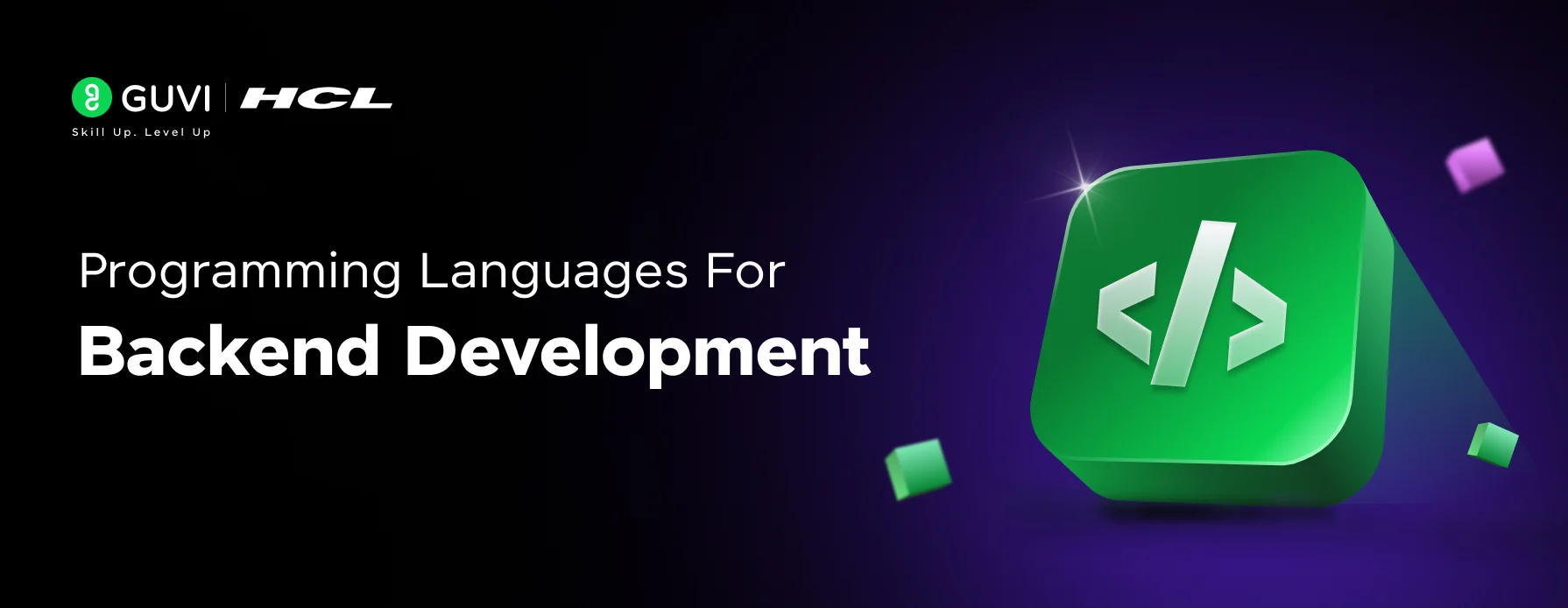
6 Emerging Programming Languages for Backend Development
Mar 28, 2025 5 Min Read 4367 Views
(Last Updated)
As we step into 2025, the backend development is on the brink of a revolution. New programming languages are emerging, promising to tackle the complex challenges of modern application development with greater efficiency, scalability, and security. While traditional languages like Python, Java, and Node.js have set the stage, these programming languages are ready to transform the technology with innovative features and paradigms.
This blog post will introduce the emerging programming languages for backend development, highlighting how they stand to redefine our approach to building the digital foundations of tomorrow. Let’s explore the potential of these emerging languages to reshape the technology.
Table of contents
- What are Backend Programming Languages?
- 6 Emerging Programming Languages for Backend Development in 2025
- Rust
- Kotlin
- Elixir
- Go (Golang)
- Swift
- TypeScript
- Conclusion
- FAQs
- Why adopt emerging programming languages for backend development?
- How to choose an emerging programming language for a project?
- Can emerging and traditional programming languages coexist in a project?
What are Backend Programming Languages?
Backend programming languages are the backbone of web and application development, powering the server-side logic and functionalities that users don’t see directly but are important for the operation of websites, apps, and software systems. Unlike frontend languages that focus on the user interface and experience (like HTML, CSS, and JavaScript), backend languages are used to write code that runs on the server, managing database interactions, user authentication, application logic, and more.
The main role of backend programming is to ensure that data requested by the frontend is fetched, processed, and returned effectively. This involves receiving requests from the client side, processing these requests (including reading from or writing to a database), executing the necessary logic, and sending the correct response back to the client.
Also Read: Backend Development Roadmap: A Complete Guide
Backend programming is also responsible for other tasks such as security, data storage and management, and direct interactions with the server, network, and hosting environment.
Some of the most commonly used backend programming languages include:
- Python: Known for its readability and versatility, Python is widely used for web development, data analysis, artificial intelligence, and more.
- Java: Java is used extensively in enterprise environments for its portability across platforms.
- JavaScript (Node.js): While traditionally a frontend language, JavaScript can be used on the server-side through the Node.js runtime environment, enabling full-stack development with a single language.
- PHP: A server-side scripting language that is especially popular for web development and is known for its ease of use and for having a vast array of powerful frameworks.
- Ruby: Ruby, particularly with the Rails framework, is appreciated for getting web applications up and running quickly.
- C#: Developed by Microsoft, C# is commonly used in developing web services, web applications, and also in game development with the Unity engine.
These languages work behind the scenes to enable the functionality of web applications and services, from simple websites to complex, data-intensive applications. The choice of backend language can affect the performance, scalability, maintainability, and functionality of an application, making it an important decision in the development process.
Also Read: Top 7 Back-End Developer Skills You Should Know
After understanding the essentials of backend programming languages, let’s explore the emerging programming languages set to transform backend development, offering new solutions and capabilities for the ever-evolving digital world.
6 Emerging Programming Languages for Backend Development in 2025
As the backend development continues to evolve, several emerging programming languages are gaining traction in 2025. These languages are designed to address specific modern development challenges such as efficiency, scalability, and the need for rapid development cycles. Here’s a look at a few such languages that are making waves this year:
1. Rust
Rust, developed by Mozilla, is a systems programming language known for its focus on safety, particularly safe concurrency. It strives to provide memory safety without the overhead of a garbage collector. Rust’s design allows developers to create fast, efficient software that’s free from common bugs such as race conditions and memory leaks.
Its rich type system and ownership model enforce memory safety at compile time, making Rust an excellent choice for high-performance applications where safety and efficiency are important. With its growing ecosystem and community support, Rust is becoming increasingly popular for backend development, embedded systems, and even web assembly projects, offering a compelling alternative to traditional languages like C and C++.
Key Features:
- Memory Safety: Enforces safe memory access through its ownership model, without needing a garbage collector.
- Concurrency: Designed with concurrency in mind, allowing for safe and efficient parallel execution.
- Zero-cost Abstractions: Offers abstractions that have minimal to no runtime cost, ensuring efficiency.
- Cargo: Rust’s package manager and build system, simplifies dependency management and compilation.
- Cross-platform: Supports cross-platform development, with tools for targeting multiple operating systems and architectures.
Also Read: Job Description of a Backend Developer: A Simplified Guide
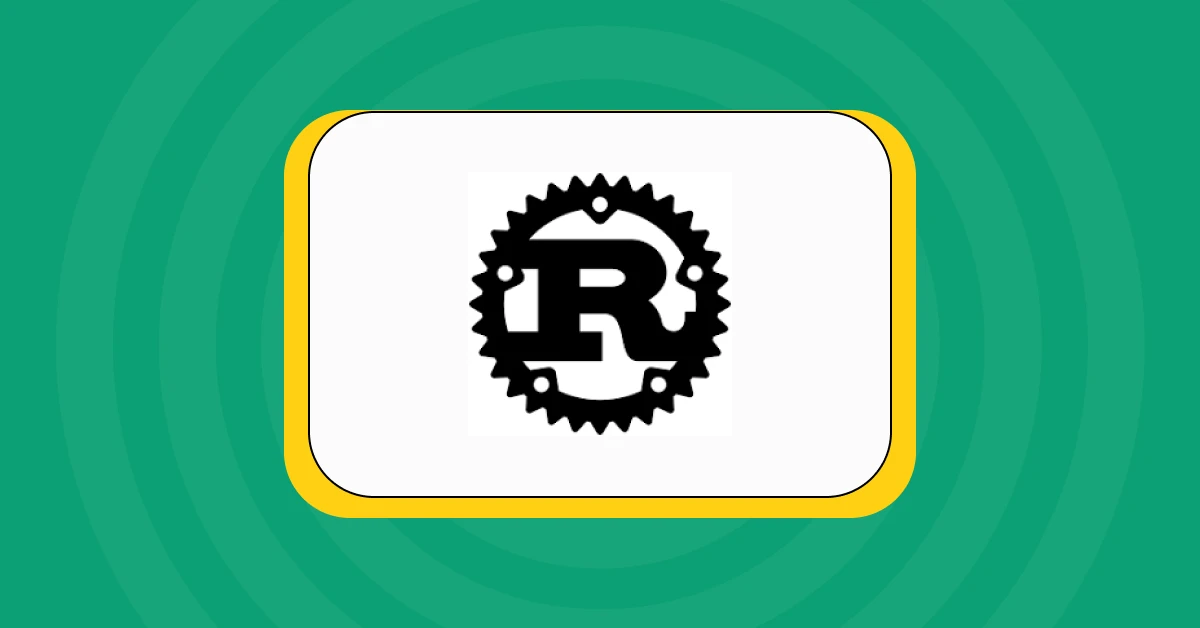
2. Kotlin
Kotlin is a statically typed programming language that runs on the Java Virtual Machine (JVM). JetBrains developed it to add modern features to Java’s robust platform. Kotlin emphasizes safety, clarity, and tool support. Its concise syntax reduces boilerplate, making code more readable and maintainable. Kotlin supports both object-oriented and functional programming paradigms, allowing developers to choose the best approach for their application.
With its interoperability with Java, Kotlin enables seamless use of existing Java libraries, frameworks, and the vast ecosystem, making it a popular choice for Android development, server-side applications, and even web development. Kotlin’s design focuses on developer happiness, providing features that lead to fewer runtime errors and more intuitive code.
Key Features:
- Interoperability with Java: Easily use Java libraries and frameworks, allowing for gradual adoption.
- Null Safety: Designed to eliminate null pointer exceptions from code.
- Concise Syntax: Reduces boilerplate code, making programs shorter and more readable.
- Coroutines: Simplifies asynchronous programming, making it easier to handle tasks that can block, such as network calls.
- Extension Functions: This enables adding new functions to existing classes without inheritance, improving code readability and maintainability.
Also Read: Top 6 Backend Frameworks That You Should Know
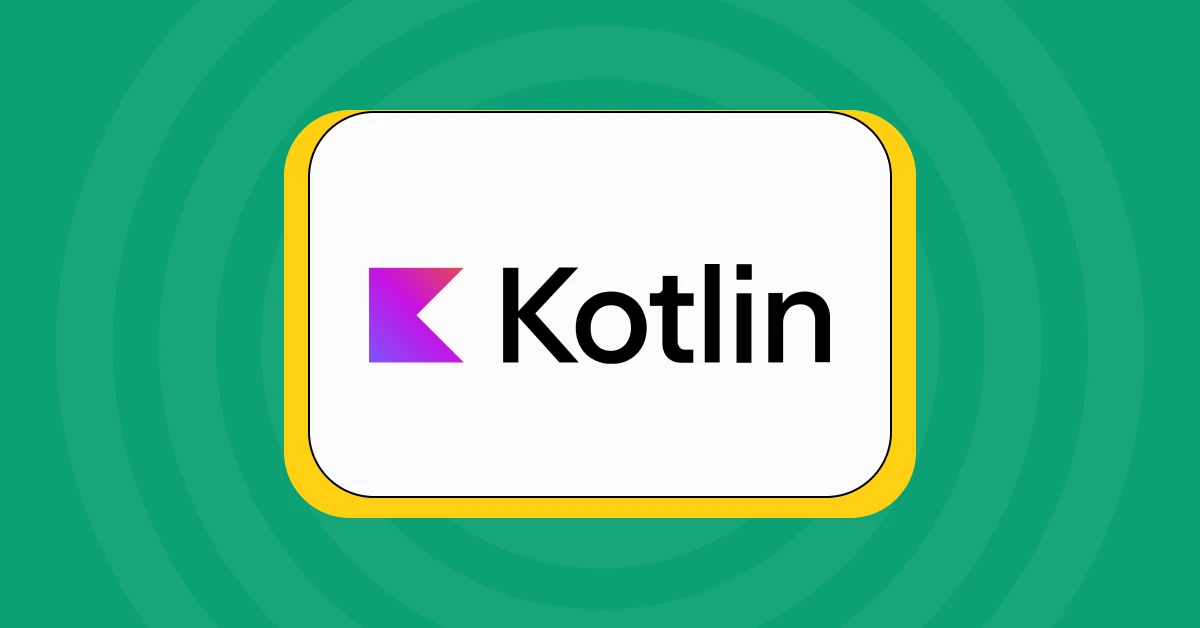
3. Elixir
Elixir is a dynamic, functional language designed for building scalable and maintainable applications. It runs on the Erlang VM (BEAM), known for running low-latency, distributed, and fault-tolerant systems. Elixir brings a modern syntax to Erlang’s robust, concurrent foundation, making it ideal for applications that require high availability and concurrency.
Its features include metaprogramming with macros, built-in support for building distributed and multi-core applications, and an emphasis on productivity and extensibility. Elixir is used for web development (with the Phoenix framework), data ingestion, and processing pipelines, showcasing its versatility in handling different back-end tasks efficiently.
With a friendly and growing community, Elixir provides excellent tools and resources for developers looking to build reliable, high-performance web applications.
Key Features:
- Concurrency and Fault Tolerance: Built on the Erlang VM, it handles concurrent tasks efficiently and is designed for fault tolerance.
- Functional Programming: Emphasizes functional programming patterns, making code predictable and easy to debug.
- Phoenix Framework: A powerful web development framework for Elixir that makes it ideal for building scalable web applications.
- Metaprogramming: Supports metaprogramming, allowing developers to write code that generates code during runtime.
- Ecosystem and Tooling: Offers a rich set of tools and an ecosystem for building and managing projects, including Mix for project management and Hex for package management.
Also Read: Top 5 Back-End Programming Languages for Web Development
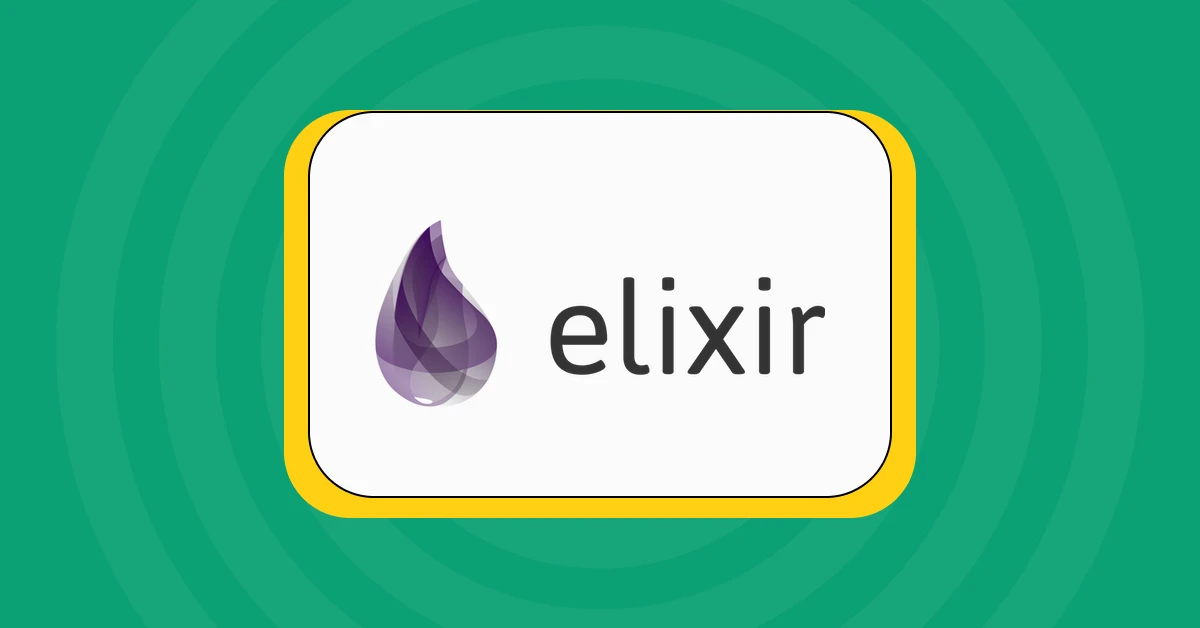
4. Go (Golang)
Go, often referred to as Golang, does Google develop an open-source programming language to make it easier to build simple, reliable, and efficient software. It was designed to address the criticism of other languages while maintaining their positive attributes. Go’s syntax is clean and concise, which simplifies the development process and makes it easier for developers to write, read, and maintain code.
The language emphasizes performance, ease of programming, and efficient concurrent processing, making it an ideal choice for cloud-based and distributed systems, including microservices, large-scale network servers, and big data processing. Its powerful standard library, robust tooling, and static typing help developers to create fast, secure applications quickly.
Go’s growing popularity in the backend development community is a testament to its capabilities in building high-performance, scalable web applications and services.
Key Features:
- Simplicity and Efficiency: Offers a minimalist design with clean syntax, making it easy to learn and efficient to use. If you’re intrigued by the power of simplicity in programming, consider enhancing your capabilities with GUVI’s Full Stack Development Course. This course gets into both the frontend and backend aspects of development, ensuring a well-rounded skill set.
- Concurrency Model: Features a powerful concurrency model based on goroutines and channels, allowing for easy and efficient parallel processing.
- Fast Compilation: Designed for fast compilation, enabling rapid development cycles.
- Static Typing and Safety: Provides static typing with strong type safety and inference, reducing bugs and enhancing code quality.
- Comprehensive Standard Library: Comes with a vast standard library that covers a wide range of programming needs, from web servers to cryptography to I/O operations.
Also Read: Is Golang Easy To Learn? and Should You Learn Golang

5. Swift
Swift is a powerful and intuitive programming language created by Apple for building apps for iOS, Mac, Apple TV, and Apple Watch. It’s designed to be fast, modern, and safe, streamlining the development process while offering developers a wide range of capabilities. Beyond its origins in Apple platform development, Swift has been gaining traction in server-side programming due to its performance and safety features.
It offers a clean syntax that makes coding expressive and fun, with safety at its core to prevent errors and enhance code quality. Swift supports both object-oriented and functional programming paradigms, making it versatile for various types of backend development projects. As it continues to evolve, Swift provides an increasingly rich ecosystem with frameworks and tools that facilitate the development of robust and scalable backend applications.
Key Features:
- Safety: Designed with safety in mind, Swift eliminates entire classes of unsafe code.
- Fast and Powerful: Incorporates modern programming language theory to be fast and powerful.
- Interoperable with Objective-C: Allows for seamless integration with the existing Objective-C codebase of Apple products.
- Expressive Syntax: Swift’s syntax encourages clear and concise code that is also expressive and easy to understand.
- Open Source: With its source code available to the public, Swift has a vibrant community contributing to its development and evolution.
Also Read: The 5 Most User-Friendly Programming Languages
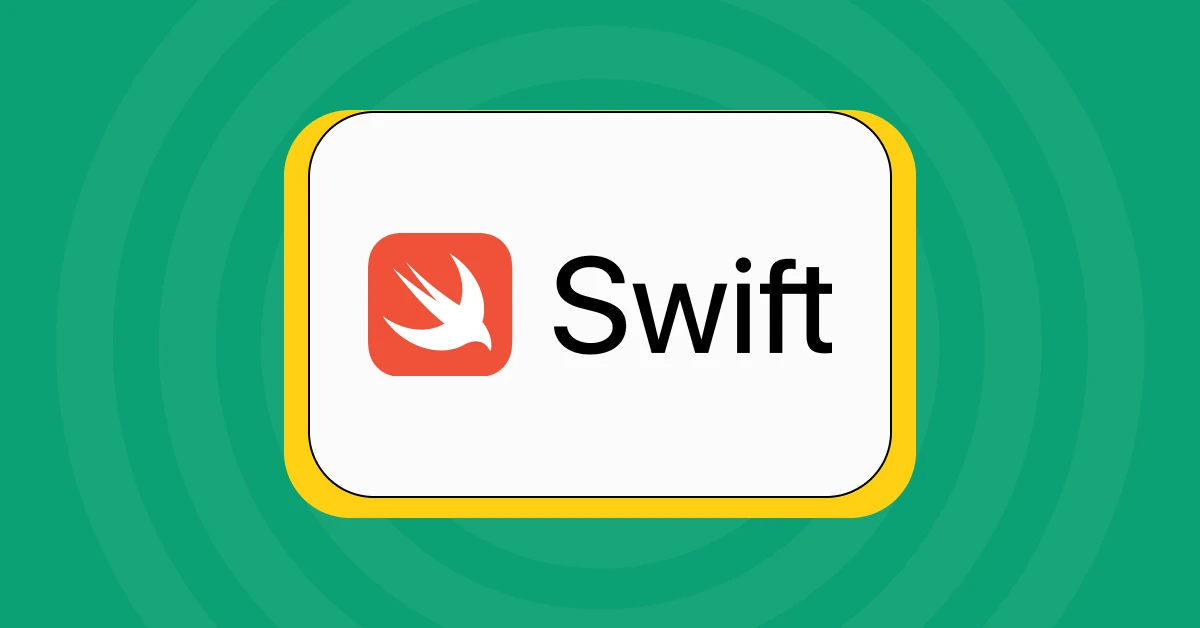
6. TypeScript
TypeScript is an open-source programming language developed and maintained by Microsoft. It is a superset of JavaScript that adds static types to the language, helping developers catch errors early through a robust type system and tooling. TypeScript is designed for the development of large applications and transcompiles to JavaScript, allowing any JavaScript program to also run as a TypeScript program.
Its compatibility with JavaScript, along with the additional features it provides, makes TypeScript a popular choice for developing both client-side and server-side applications, offering improved code quality and predictability. The language facilitates development with large codebases, complex structures, and multiple developers, making it an essential tool for modern web development, especially in complex projects and teams that prioritize maintainability and scalability.
Also Read: TypeScript Vs JavaScript: Which is Best?
Key Features:
- Static Typing: Introduces types for variables, functions, and JavaScript objects, enabling better documentation and error checking.
- Full JavaScript Compatibility: Allows existing JavaScript code to be used within TypeScript with minimal changes.
- Advanced Type Inference: Offers advanced type inference to make more intelligent guesses about the type information.
- Rich IDE Support: Provides powerful tools for development, including autocompletion, navigation, and refactoring.
- Modern ES Features: Supports modern JavaScript features, including modules, arrow functions, and destructuring, along with future ES proposals.
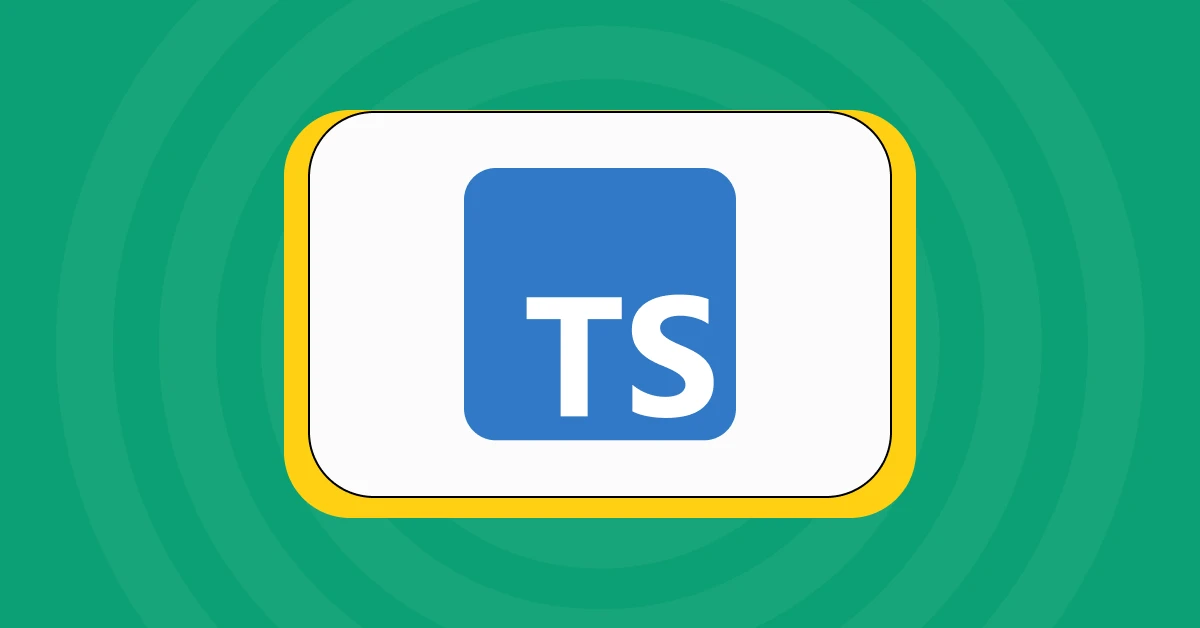
These languages illustrate the diverse and evolving nature of backend development in 2025, each bringing unique strengths to address the challenges of modern application development. As the field continues to evolve, these languages are poised to play significant roles in shaping the future of backend programming.
Also Read: Backend Development Roadmap: A Complete Guide
Conclusion
As we look to the future, adopting these emerging programming languages in backend development is an opportunity for those looking to stay ahead in the technology curve. Learning these new languages promises a path toward building more reliable, efficient, and scalable backend systems, laying the foundation for the next wave of technological innovation.
Must Explore: Backend Developer Interview Questions and Answers: A Resourceful Guide
FAQs
Emerging languages offer modern features like improved safety, efficiency, and concurrency management, addressing today’s development challenges more effectively than older languages.
They support building secure, scalable, and performant applications, catering to the needs of modern, complex digital solutions.
Consider your project’s performance requirements, the language’s safety features, its support for concurrency, the ecosystem and community support, and the learning curve for your team. The right choice balances technical needs with team capabilities and project goals.
Yes, many emerging languages are designed for interoperability with traditional languages, allowing for seamless integration and gradual adoption in existing projects. This flexibility facilitates using new language features while maintaining existing codebases.






















![Top 20+ React Interview Questions and Answers [2025] 8 Top React Interview Questions](https://www.guvi.in/blog/wp-content/uploads/2022/01/Interview-Questions-1.png)
![What is ReactJS? A Beginner's Guide [2025] 9 what is reactjs](https://www.guvi.in/blog/wp-content/uploads/2025/04/what-is-reactjs.webp)
![What Does a Front End Developer Do? A Beginner’s Guide [2025] 10 Feature image - What does a Front End Developer do A Complete Guide](https://www.guvi.in/blog/wp-content/uploads/2024/02/Feature-image-What-does-a-Front-End-Developer-do-A-Complete-Guide.webp)
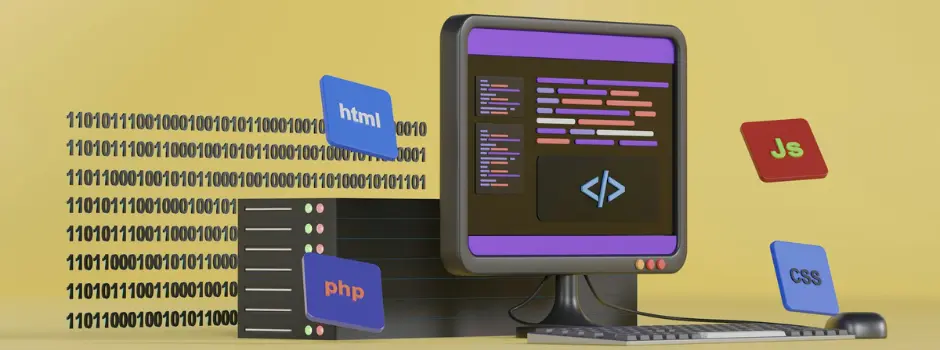

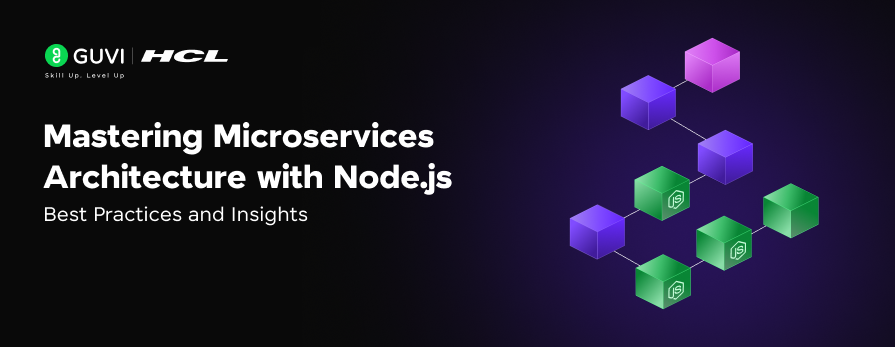
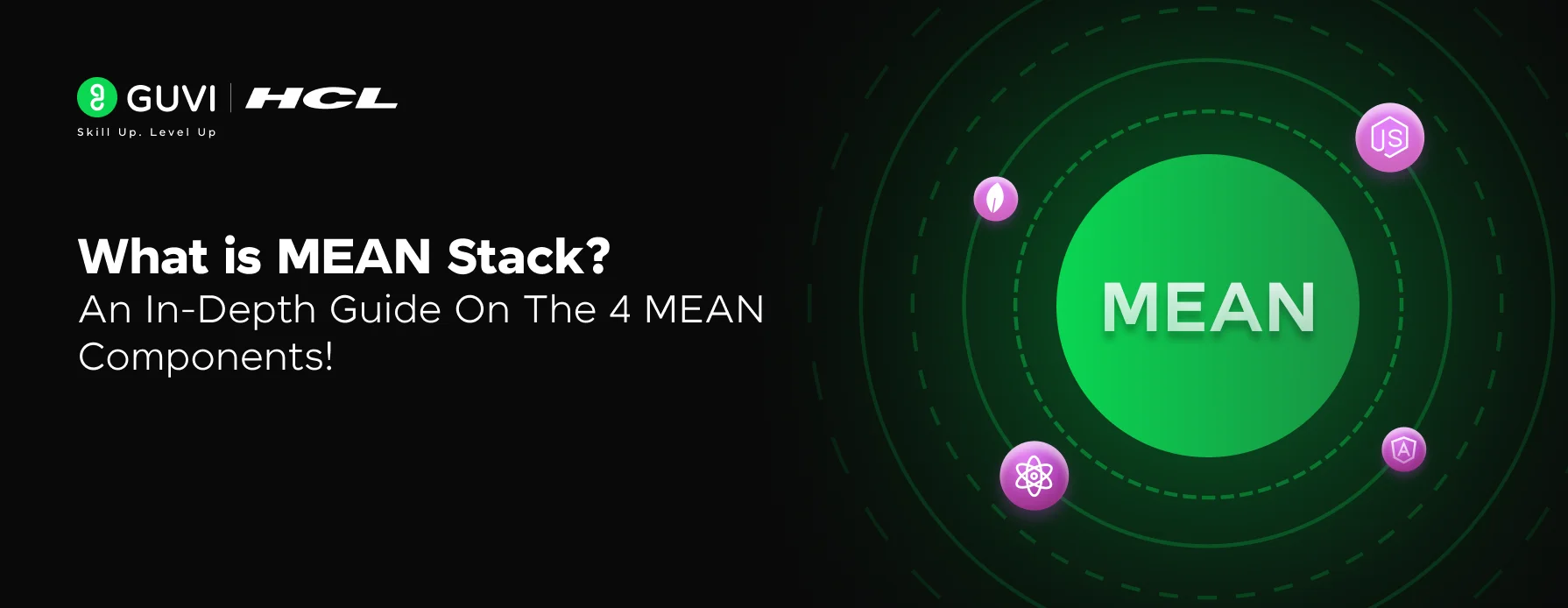



Did you enjoy this article?